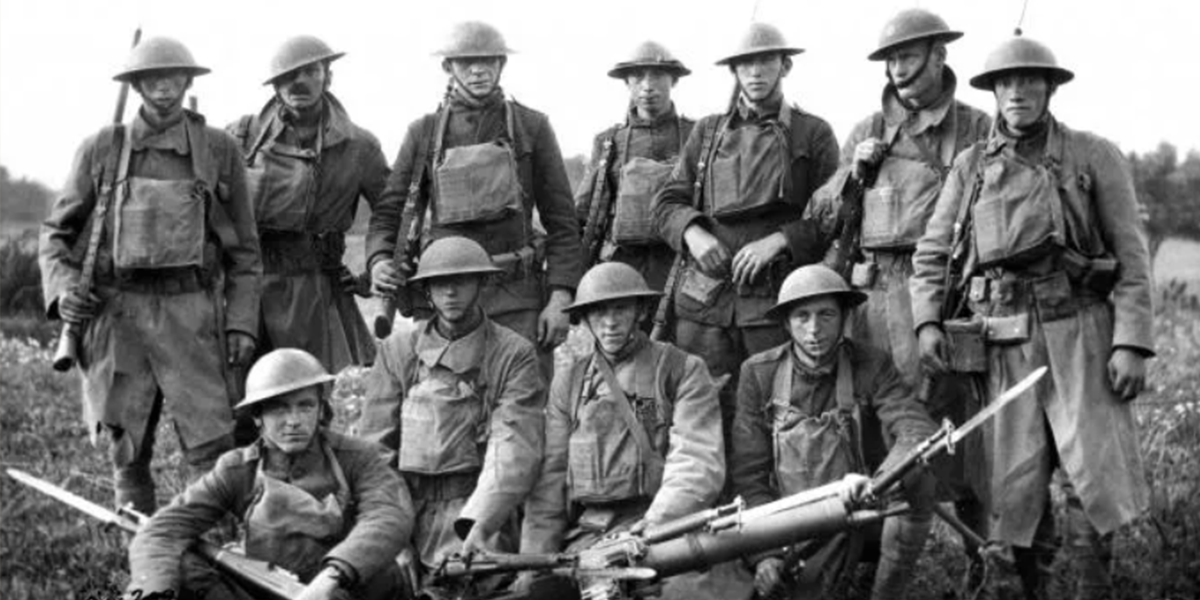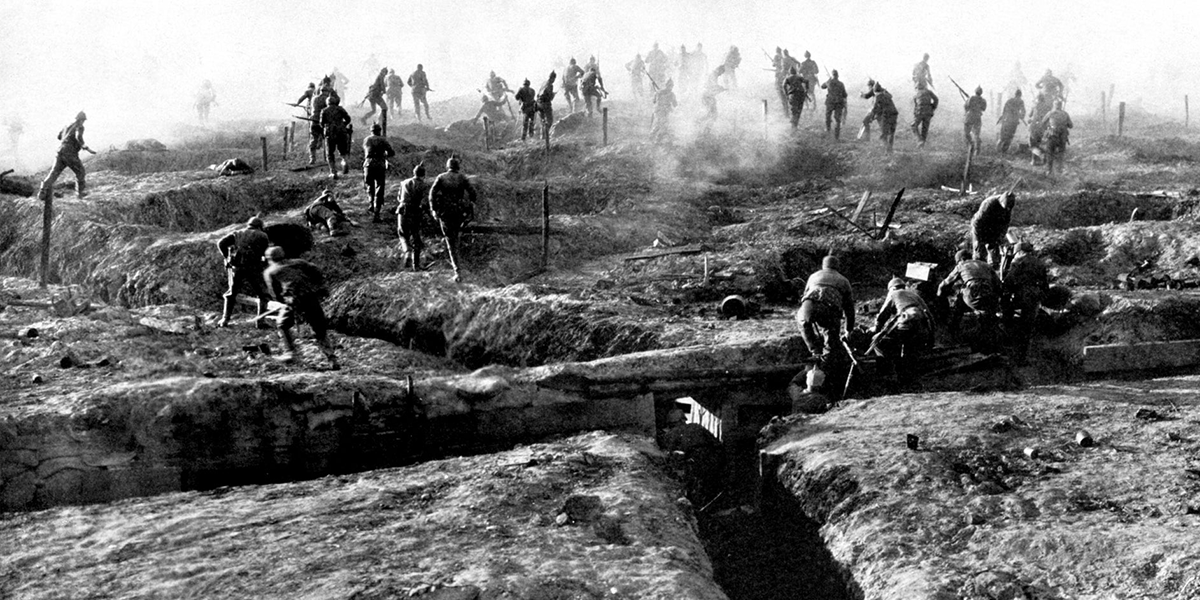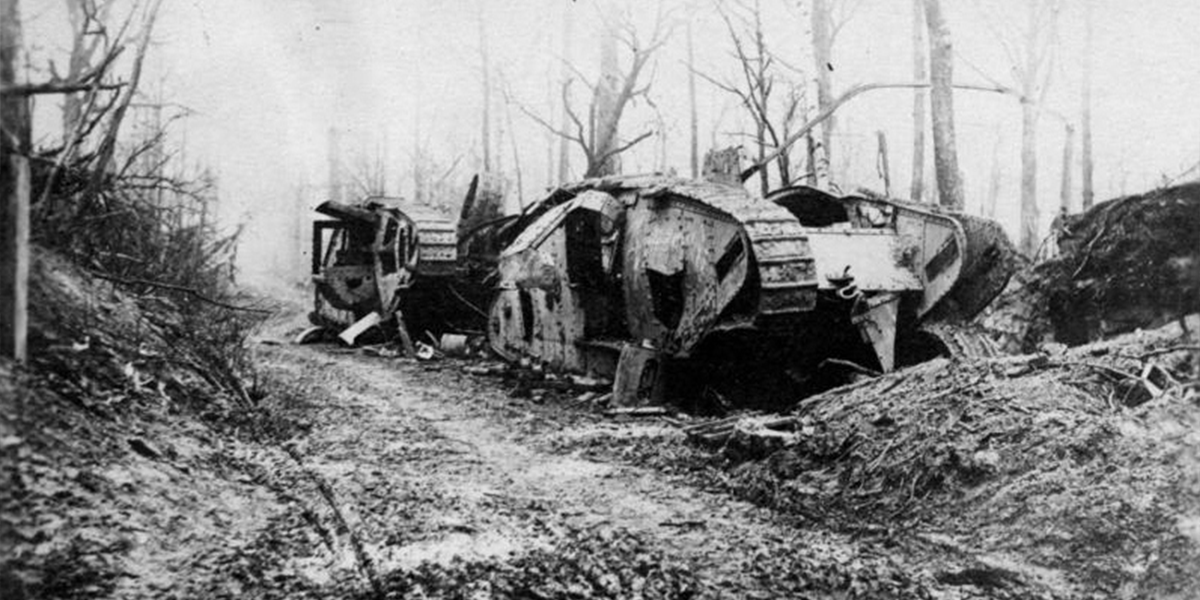World War I, also known as the Great War, was one of the most significant and transformative events of the 20th century. Lasting from 1914 to 1918, it was a global conflict that involved many of the world’s great powers and reshaped the political and social landscapes of numerous countries. The war is often remembered for its unprecedented scale, the devastating loss of life, and the profound changes it brought about in international relations, technology, and society.

Causes of the War
The origins of World War I are complex, involving a web of alliances, militarism, imperial ambitions, and nationalist fervor. The immediate trigger was the assassination of Archduke Franz Ferdinand of Austria-Hungary on June 28, 1914, by a Serbian nationalist in Sarajevo. This event set off a chain reaction of diplomatic crises and mobilizations:
- Alliance System: Europe was divided into two major alliances: the Triple Entente (comprising France, Russia, and the United Kingdom) and the Triple Alliance (including Germany, Austria-Hungary, and Italy). These alliances were meant to provide mutual defense but instead created a situation where a conflict involving one power could quickly escalate to involve others.
- Nationalism: Intense nationalist sentiments, particularly in the Balkans, contributed to tensions. Various ethnic groups sought independence or greater power, leading to friction with existing empires.
- Imperialism: The competition for colonies and global dominance among European powers added to the rivalry and distrust.
- Militarism: An arms race, particularly between Germany and the United Kingdom, had been underway for decades. The glorification of military power and readiness for war made diplomatic solutions less likely.

The Course of the War
When Austria-Hungary declared war on Serbia, a series of mobilizations followed. Russia mobilized to support Serbia, prompting Germany to declare war on Russia. Germany then declared war on Russia’s ally, France, and invaded Belgium, bringing the United Kingdom into the war. Soon, much of Europe and later other parts of the world were drawn into the conflict.
Western Front
The Western Front, primarily in France and Belgium, was characterized by trench warfare. This form of combat led to a deadly stalemate, with neither side able to achieve significant breakthroughs despite massive casualties. Battles such as Verdun and the Somme are infamous for their scale and the human cost.
Eastern Front
The Eastern Front saw more fluid movements, with the Russian Empire battling Germany and Austria-Hungary. Here, the Central Powers made significant gains but at great cost.
Other Theaters
The war also raged in the Middle East, Africa, and Asia. The Ottoman Empire joined the Central Powers, and battles extended to the Dardanelles, Mesopotamia, and Palestine. Colonial troops from Africa, India, and other regions were also heavily involved.

Technological and Tactical Innovations
World War I saw the introduction of new technologies and tactics:
- Machine Guns: These caused enormous casualties and made traditional charges suicidal.
- Artillery: Heavy bombardments became a staple of trench warfare.
- Chemical Weapons: The use of poison gas introduced a new level of horror.
- Tanks and Aircraft: Though in their infancy, these began to change the nature of warfare.
- Submarines: German U-boats targeted Allied shipping, leading to significant losses and eventual American involvement in the war.
Social and Political Impact
The war had profound social and political consequences:
- Human Cost: Over 16 million soldiers and civilians died, with many more wounded or permanently scarred.
- Political Change: The war led to the collapse of empires (Russian, Ottoman, Austro-Hungarian, and German) and the rise of new states and political ideologies, including communism in Russia.
- Women’s Roles: The war effort required women to take on roles traditionally held by men, leading to significant changes in gender roles and the suffrage movement.
- Economic Impact: The war strained economies, leading to debt and economic hardship, particularly in Europe.
The End of the War and Its Aftermath
The entry of the United States into the war in 1917 provided a fresh influx of troops and resources for the Allies. By 1918, the Central Powers were exhausted, and internal pressures, including revolution in Germany, led to their collapse. The armistice on November 11, 1918, ended the fighting, but the Treaty of Versailles in 1919 imposed harsh penalties on Germany, sowing seeds of resentment that would later contribute to World War II.
World War I was a cataclysmic event that reshaped the world. It marked the end of old empires and the beginning of new national and ideological conflicts. The war’s legacy is still felt today, influencing geopolitics, military strategy, and our understanding of human conflict. As we remember the Great War, we also recognize the importance of striving for peace and learning from the past to prevent such a devastating conflict from occurring again.



